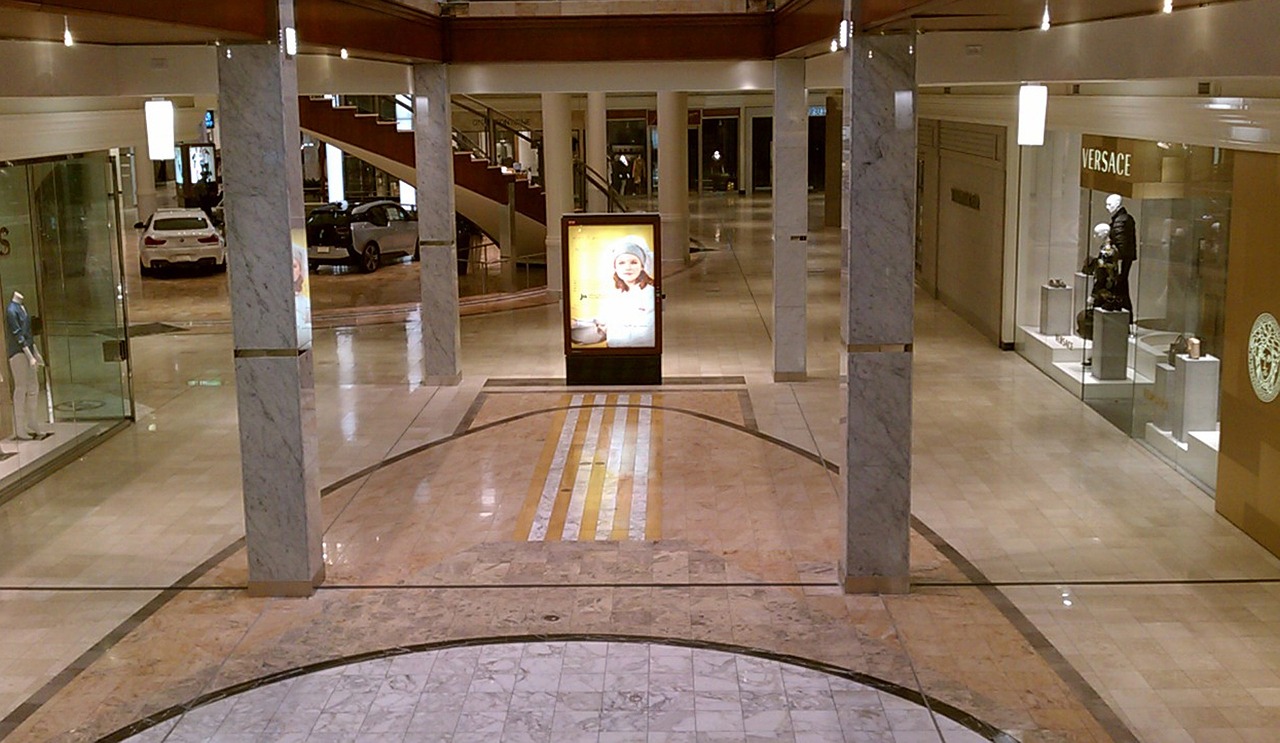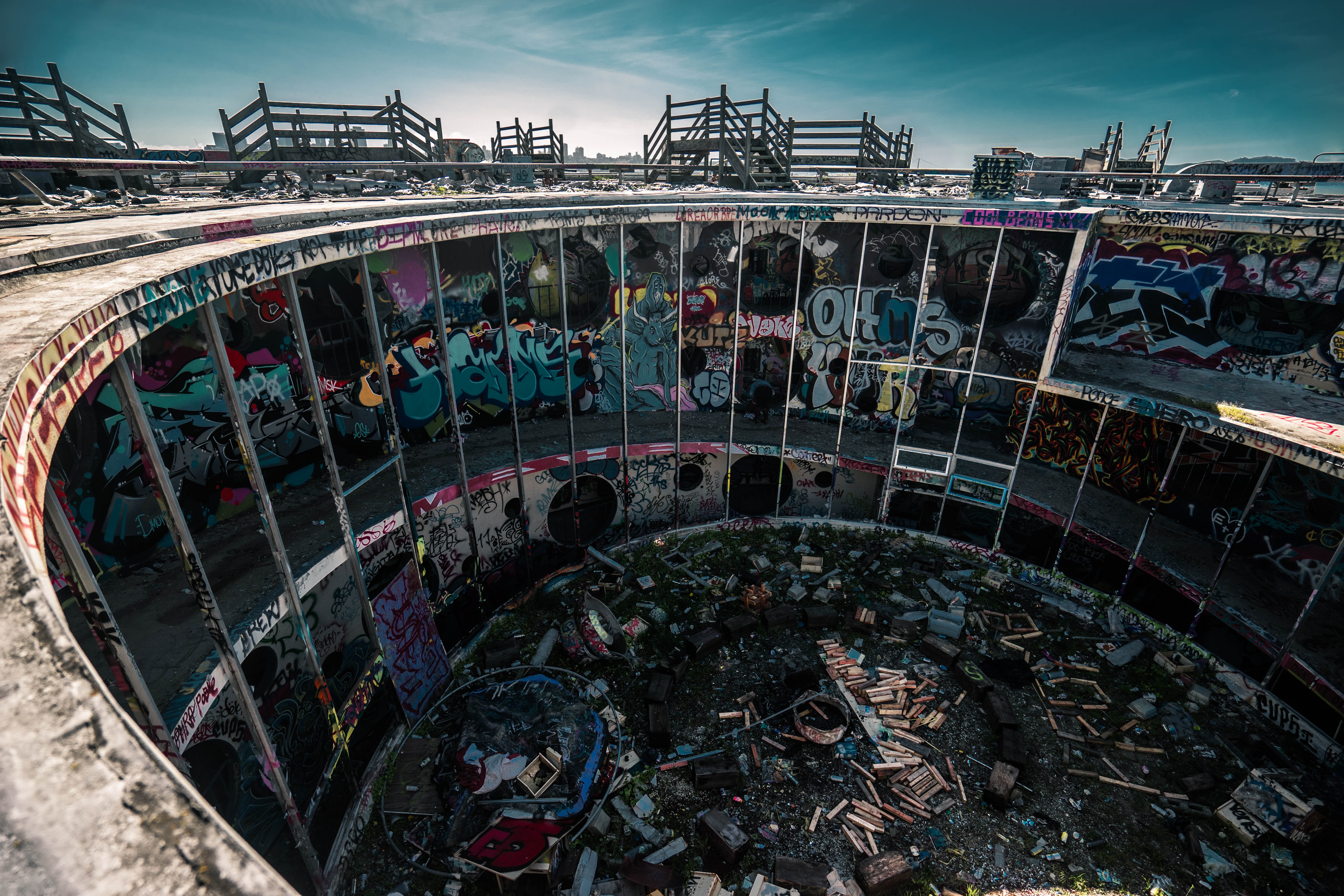These are reasons that some traditional enclosed shopping malls are struggling. A report by Credit Suisse predicted that 20-25% of American malls could be closed within the next three years.
These shuttered malls – called “Dead Malls” – present a dark, eerie landscape. Think post-apocalyptic horror movie, not “Fast Times at Ridgemont High” or “Mallrats.” A New York Times story, which blamed rising vacancy rates in malls on a “glut of stores,” noted: “Like beached whales, dead malls draw fascination as well as dismay.”
The rate of vacancies at regional and super regional malls has been on the rise for the last three years, and has held at 9.3% for the first two quarters of 2019, according to an analysis of retail trends by Reis.

And the list of major retailers that are shuttering stores continues to grow. Sears, Macy’s, J.C. Penny, Toys “R” US, Payless ShoeSource, Gap and Banana Republic: these companies have announced the combined closure of thousands of stores nationwide.
What is left, and what does this mean for the A/E/C industry? Like with most changes and disruptions, there are also opportunities. Decades ago, cities saw retail centers shift from downtowns to suburban malls and then to big-box outlets. Now we are in the midst of another shift, as vacant malls are being redeveloped for a range of commercial, housing, and education uses.
An article by Matt Hickman in Mother Nature Network gives an overview as well as another reuse possibility: “We already know that shopping mall anchors gone belly-up can serve plenty of purposes in a second life: community college campuses, medical facilities, mega-churches and even public libraries. Transforming a defunct J.C. Penney into a destination grocery store like Whole Foods has proven to be a particularly attractive method of adaptive reuse, so much so that numerous flailing malls are being resuscitated with supermarket-based life support. …And here’s another idea: Turn them into affordable housing hubs for the homeless.”
With these reuse projects, public agencies are seeking architectural/engineering/consulting expertise for services such as developer feasibility studies, traffic analyses, utilities assessments, and community engagement.

As malls become less frequented, many developers are seeing them as opportunities. (Source: MichaelMKO)
Redevelopment and reuse opportunities are included in the range of public-sector projects that IMS covers for the A/E/C industry via in-depth research, daily leads from RFPs and RFQs, and Advanced Notices on upcoming projects. Some recent projects that IMS has covered for its clients include:
* In California, the City of Capitola released a series of RFPs in May 2019 for redevelopment of the Capitola Mall area, which includes 46 acres and 722,000-SF of retail space. The City sought consultants for an Environmental Impact Report, land use planning services to manage the review process, and for technical economic support services (IMS 469813, 469820, and 469812).
* In Florissant, Mo., the St. Louis County Port Authority released an RFP in 2018 seeking a developer for a 140-acre property located at the former Jamestown Mall site (IMS 410611).
* In Citrus Heights, Calif., IMS published an Advance Notice and the subsequent RFP For the preparation of a Specific Plan and associated EIR for the Sunrise Mall area. The project will guide the development of the 100-acre Sunrise Mall property and transform the mall into a premier regional destination and a center of community life (IMS 475650-1).
* The County of Richland, S.C., released an RFP in January 2019 to conduct a comprehensive evaluation of the maintenance and repair needs for three properties at the Columbia Place Mall, the former Burlington/J.C. Penney, former Sears, and the former Dillard’s (IMS 455567).
* The City of San Bernardino, Calif., released an RFQ in July 2019 for redevelopment of the 43-acre Carousel Mall property into a vertical mixed-use format combining high-density residential, commercial, and office uses (IMS 470234-1).

The prime location of many defunct malls can ease their transition into mixed-use retail spaces. (Source: Joseph Barrientos)
According to a Coresight Research report in August 2019, store closures are on track for a record year: “Coresight Research estimates announced US store closures could reach 12,000 by the end of 2019. So far this year, US retailers have announced 7,673 store closures and 3,118 store openings. This compares to 5,864 closures and 3,258 openings for the full year 2018.”
The shape of retail is changing, and it does not just affect the private sector. Cities and other public agencies will look to these large spaces as opportunities for new housing, educational, mixed-use, and public sector redevelopment projects. Dead malls can be eyesores and hazards or they can be alive with possibilities, and IMS is tracking this trend for its developer, architectural, planning, environmental, and engineering clients.

